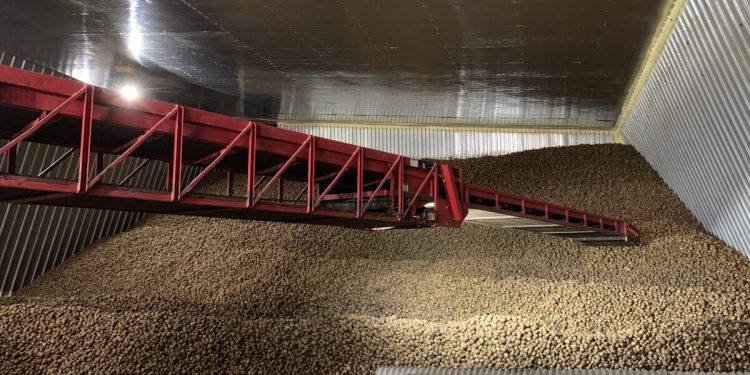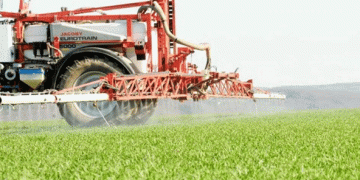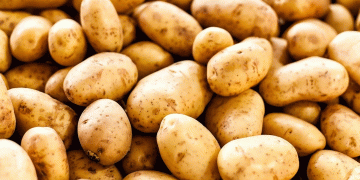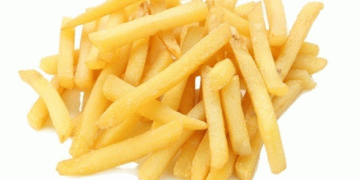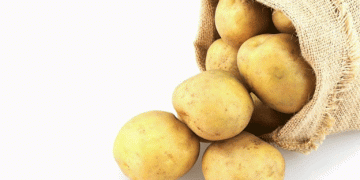“There are two seasons with potatoes,” said Bill Orr. “The growing season and the storage season. While potatoes often spend more time in storage than in the field, it’s an overlooked area, especially in terms of sustainability.”
The Potato Sustainability Alliance (PSA) works to improve on-farm sustainability by addressing issues such as soil preparation, planting, irrigation and harvest. Increasingly, the sustainability story of potatoes is focusing on storage.
Orr is the Canada technical representative with 1,4 Group, a potato storage quality company. 1,4 Group is a member of PSA and a great example of how the organization collaborates to increase awareness and adoption of sustainable storage methods on North American farms. From reducing greenhouse gas emissions and energy usage to crediting farmers for steps toward sustainability, Orr sees opportunities to capture economic and environmental benefits with efficient storage.
He offered six tips for sustainable storage:
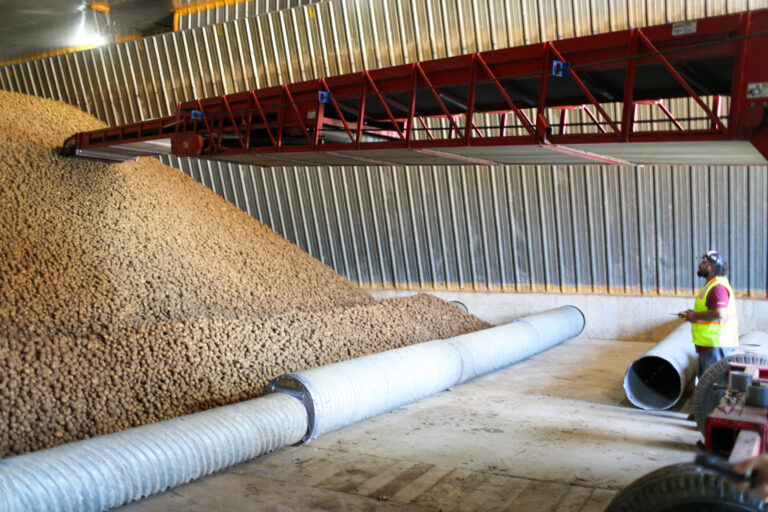
- Clear the air
Proper venting is essential to the survival of potatoes in storage.
“You can bring good potatoes into storage, and they can quickly go bad,” Orr said. “But you can’t bring bad potatoes in and get them good.”
Cycling out carbon dioxide gas that can discolor potatoes is necessary. While traditional systems preserve potatoes, Orr said some modern ventilation technology can extract carbon dioxide without the constant use of large fans. Some systems can repurpose the air, while others vent portions of a bin to reduce energy costs and environmental impact.
- Energy savers
North American facilities routinely run high-speed fans to maintain an ideal storage environment for potatoes. But the cost of keeping fans running can add up, especially during high-demand energy seasons. “When electricity prices begin to increase in North America, as they have in other parts of the world, we’ll start to see storage facilities have to cut back on energy consumption,” Orr said.
In high electrical cost areas such as Ontario, Orr said farms are investing in sustainable energy sources such as solar power as an alternative. Another option is variable speed drive controllers to regulate airflow and fan speed. A University of Idaho research study found that maintaining constant low airflow during holding periods can save as much as 33% in fan energy costs for potatoes stored for 60 days and up to 45% energy savings for potatoes stored for more than 125 days.
- Humidity helps
VSD controllers can also minimize shrinkage loss in storage. Excessive venting can dry out potatoes, which is why constant air circulation is essential to maintain relative humidity levels of 95% to 99%.
The Idaho research study found that running storage facility fans at varying speeds resulted in 0.4% to 1.7% less shrinkage loss than maintaining a constant speed. The reduction translates to $20,000-$80,000 in income for a 100,000 hundredweight storage facility.
Another aspect of humidity control that impacts shrinkage is water particle size. Orr said it’s important to properly size particles with reliable, efficient equipment. Humidicells or evaporative humidifiers, ultrasonic foggers, and adjustable air-assist misting nozzles are commercial options that can improve sustainability and preserve potatoes.
“A quality system will appropriately size water particles,” Orr said. “The bigger
the particle size, the more will fall into freestanding water on the ground, which is why it’s essential to have storage systems properly calibrated to maintain performance.”

- Commoditized waste
With global emphasis on reducing food waste, Orr said storage facilities can consider sustainable ways to recycle or repurpose potato excess. For example, he worked with an operation in Alberta which has an anaerobic digester and developed a biogas facility to convert waste into energy.
Orr also cited the dehydrated potato market as an emerging option to repurpose potato waste. According to Fortune Business Insights, the global dehydrated potato market was valued at $5.7 billion in 2022 and is expected to grow to $8.9 billion by 2029.
“The dehydrated market is growing as
a way to use lower grade potatoes in a productive way,” Orr noted. “I expect a big push to reduce waste, and farmers will need to be more conscious of how much waste is coming out of storage and where it’s going.”
- Baseline benefits
The emergence of regenerative ag programs is incentivizing farmer participation. Orr sees potential for potato storage season to be an area that credits producers for achieving sustainability benchmarks.
“By tracking energy usage and greenhouse gas emissions from storage today, farmers can set those baselines and be able to benefit from reductions in the future,” he said. “Reductions in electricity usage and the amount of waste you are recycling or reselling are two metrics worth tracking to establish a baseline.”
Capturing data and capitalizing on season potato storage credits will be a gradual process, Orr said, but a worthwhile one for operations that can visualize the long-term benefits of a short-term investment.
“It’s going to take effort and commitment, but I have a farm that was willing to spend about four times as much on storage because it wanted to eliminate ozone-depleting gasses (CFCs) that could contaminate their facility and impact future production,” he said.
- Collaborative conversation
While some progressive potato producers are ahead of the curve with sustainable storage methods, Orr said cooperation and leadership will be key to broader adoption. He hopes farmers and industry stakeholders will initiate and shape the conversation on storage sustainability, rather than risk regulation.
“The reason I joined PSA was to get the discussion going on sustainability in potato storage season,” Orr emphasized. “I tell farmers once you harvest potatoes, it’s all about minimizing loss. Value is determined by how successfully you can store those potatoes during the second season.”

